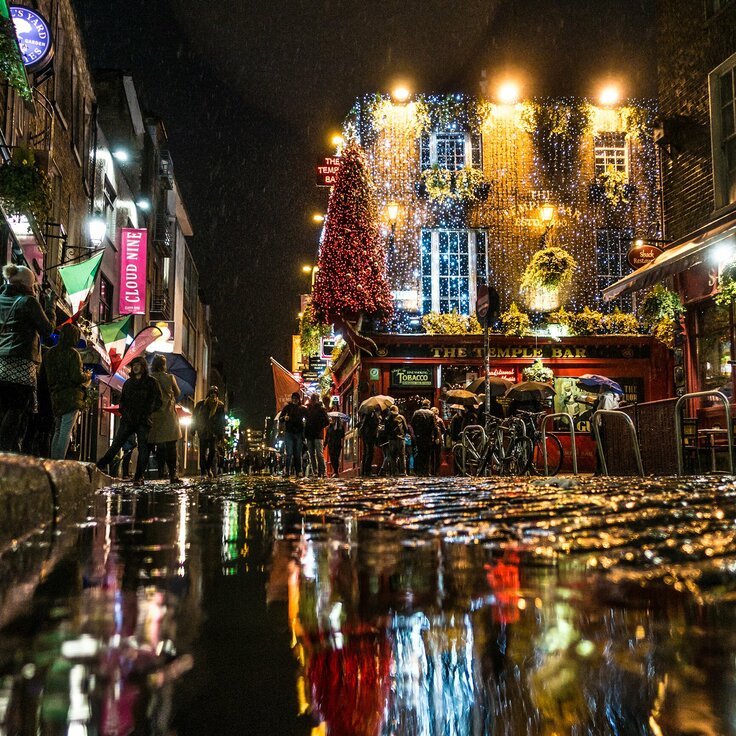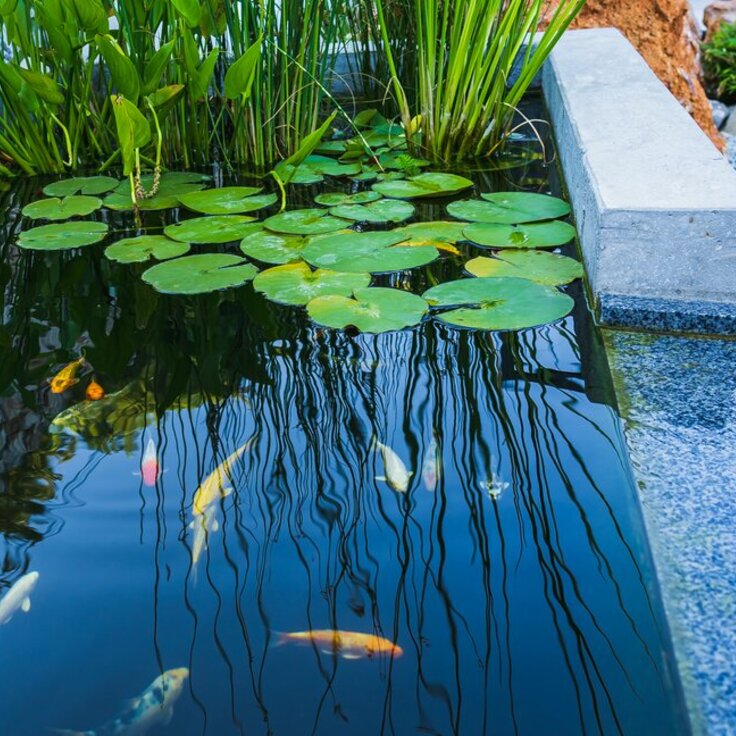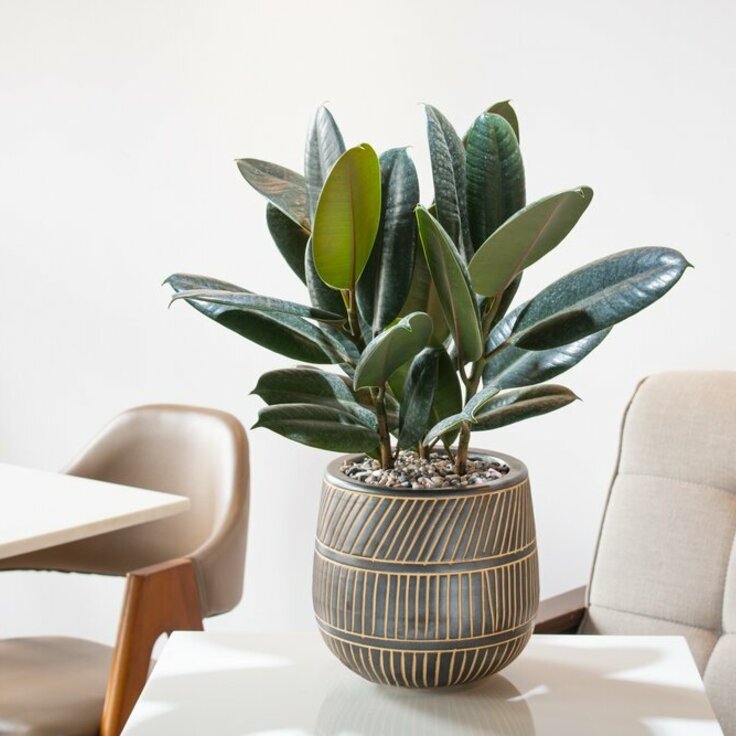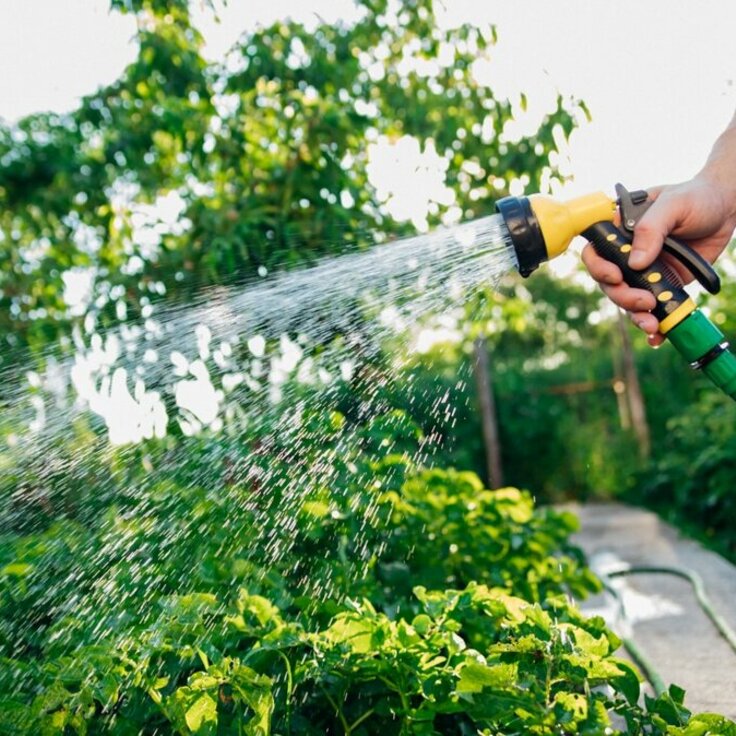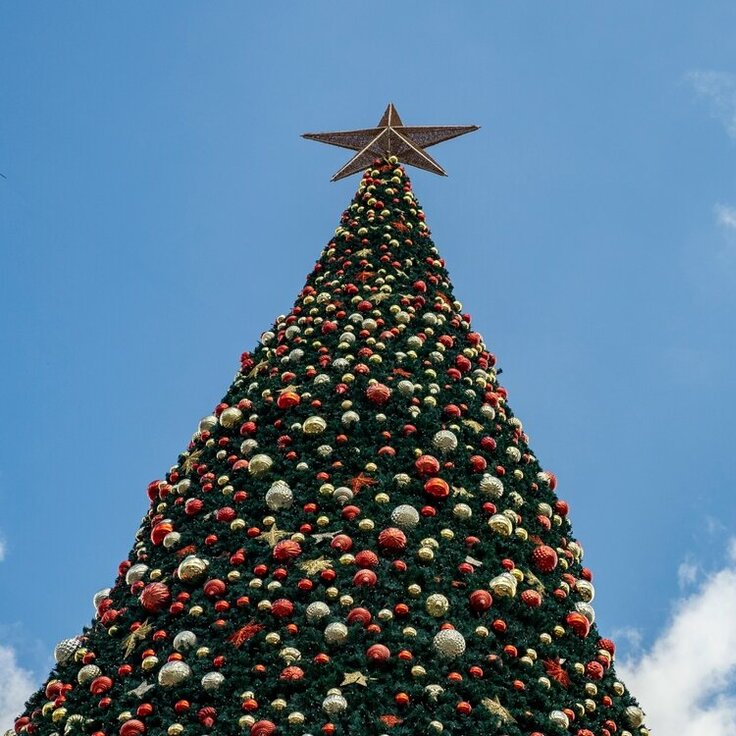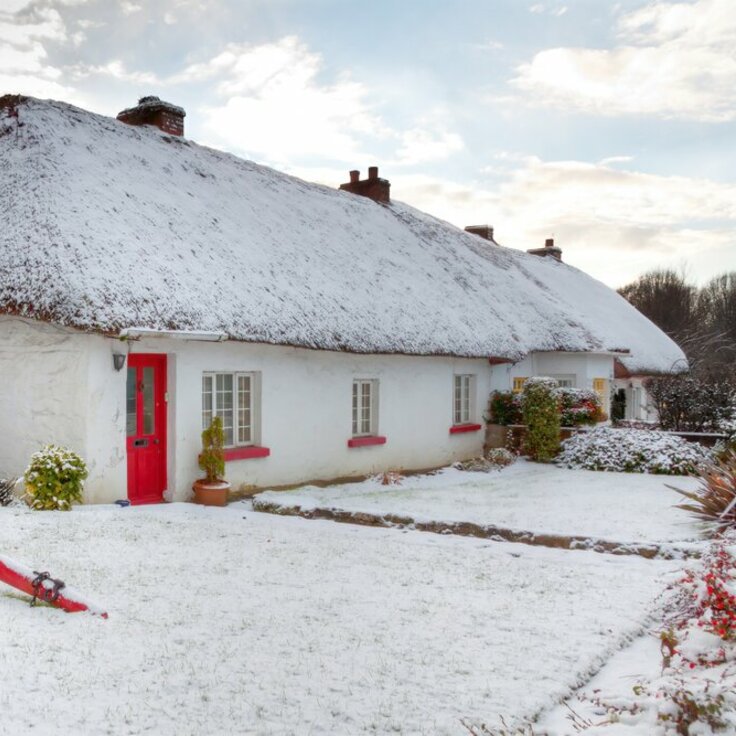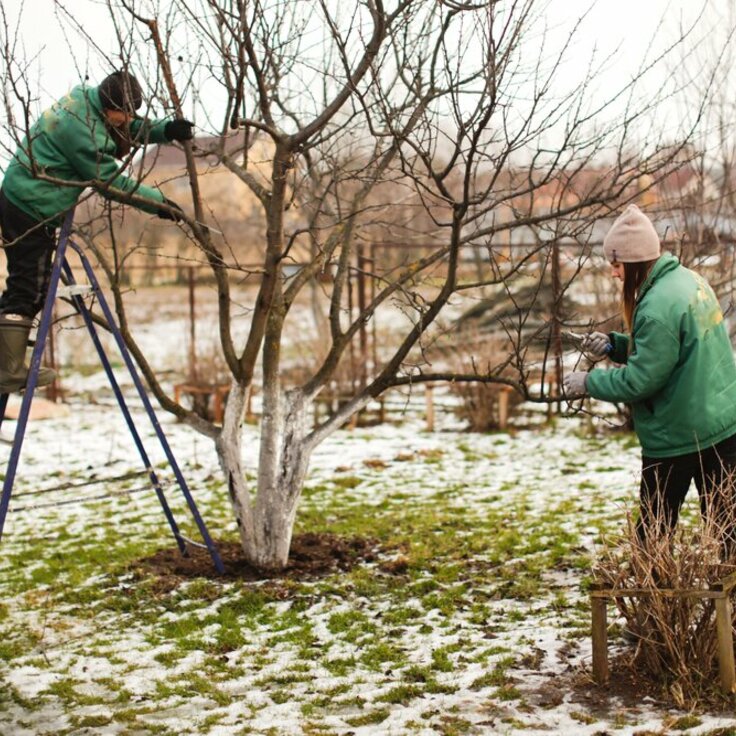Top 10 Native Irish Plants to Grow at Home
Ireland’s native plants have thrived for centuries across its rolling landscapes, shaped by mild weather, rich acidic soils, and steady Atlantic rainfall. These plants aren’t just survivors, they’re perfectly adapted to their surroundings. They need little water, don’t ask much in terms of care, and can often thrive without pesticides. Even better, they’re a gift to local bees, butterflies, and other wildlife.
It might sound like something out of a fairytale, wildflowers blooming as part of Ireland’s natural magic, but growing native plants brings very real benefits, for the environment and for the soul of your garden.
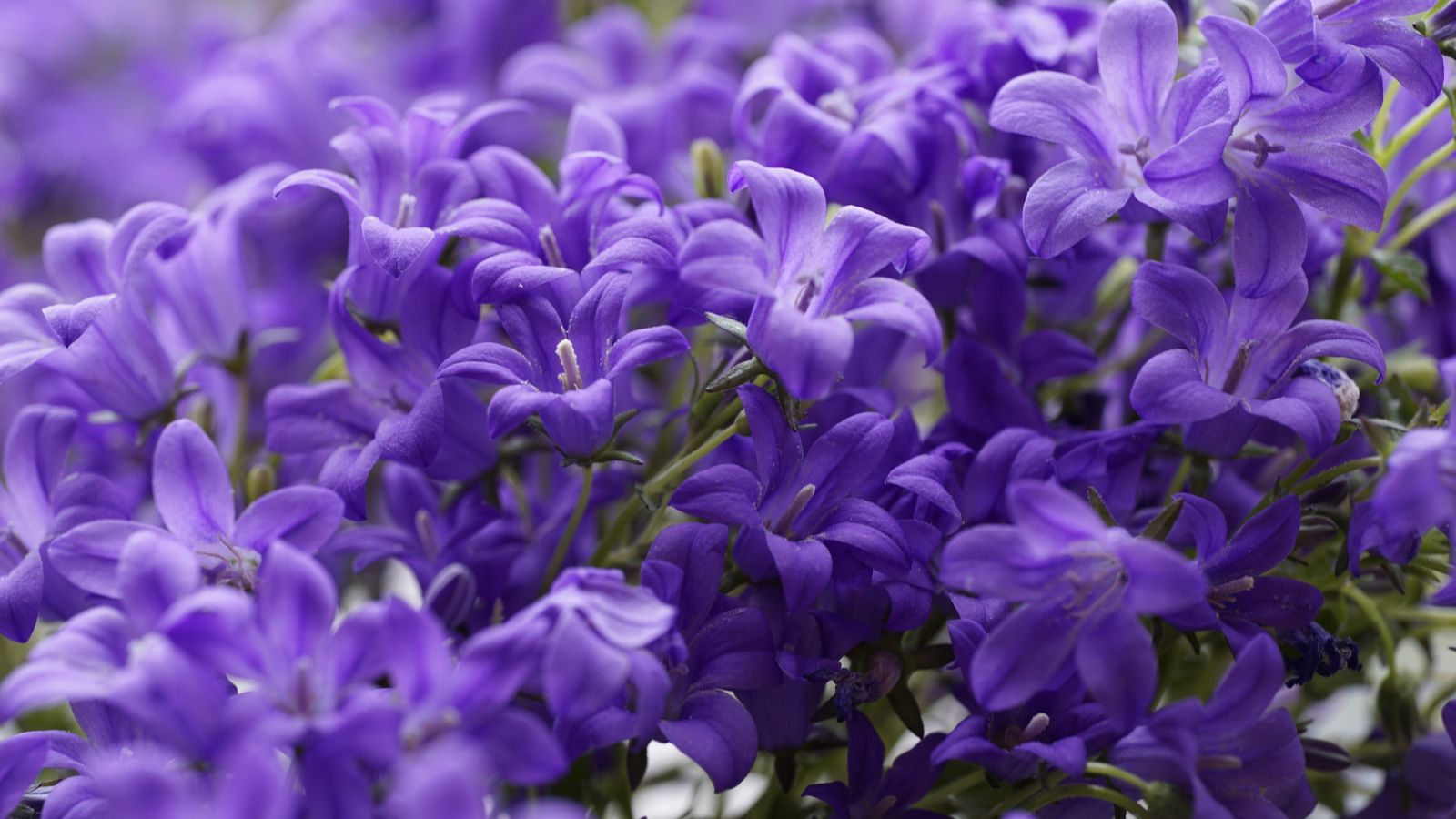
Irish Bluebell (Hyacinthoides non-scripta)
A true icon of Ireland’s woodlands, the Irish bluebell transforms forest floors into violet carpets each spring. These delicate bell-shaped flowers dance in the April breeze, drawing in bees and butterflies. Happy in shade and damp, well-drained soil, they thrive best when mostly left alone, proof that nature knows what she’s doing. Often seen as part of Ireland’s natural rainbow riches, It likes to grow in shady, moist places with well-drained soil and does just fine with partial neglect because nature knows best how to thrive.
Common Dog-Violet (Viola riviniana)
Small but mighty, this ground-hugging flower blooms in soft purple and plays an essential role in the life cycle of the silver-washed fritillary butterfly. Found in damp meadows and woodlands, it fits perfectly into wild cottage-style gardens where untamed beauty is welcome.
Yellow Flag Iris (Iris pseudacorus)
This tall, golden iris thrives in soggy spots—boggy meadows, pond edges, or anywhere that tends to collect water. Its cheerful blooms brighten up wet areas while its roots help prevent erosion. It also offers shelter to frogs and aquatic insects, making it as functional as it is striking.
Wood Anemone (Anemone nemorosa)
Wood anemone has star-like white flowers: This elegant wildflower lights up woodlands with its starry white petals in early spring, just before tree leaves block out the light. Though slow to establish, once settled it will gently spread in shady corners under trees and shrubs. It pairs beautifully with ferns and mosses.
Meadowsweet (Filipendula ulmaria)
With its soft, almond-honey scent and frothy white flowers, meadowsweet is a midsummer classic. It was a staple in traditional Irish herbalism, and still delights bees today. It prefers rich, damp soil and a little shade, making it ideal for borders and damp corners of the garden.
Wild Garlic (Allium ursinum)
If you’ve ever walked through a spring woodland and caught the scent of garlic, chances are you’ve met this plant. Its white flowers bloom early in the year, and its leaves are not just fragrant but edible—perfect for homemade pesto. Wild garlic spreads quickly, so it’s best grown in a contained patch.
Devil’s-bit Scabious (Succisa pratensis)
Despite its ominous name, this late-summer bloomer is a lifeline for pollinators. Its rich purple flowers provide nectar for butterflies, including the rare marsh fritillary. It copes well in both dry and damp soils and brings colour and wildlife to wildflower-friendly gardens.
Cowslip (Primula veris)
A happy plant that used to cover Ireland’s fields. Once a familiar sight in spring meadows, the cowslip is slowly making a comeback. Its nodding yellow blooms add cheerful colour to lawns, meadows, and sunny borders. It’s easy to grow in well-drained soil and carries a hint of Irish rural tradition with it.
Bog Cotton (Eriophorum angustifolium)
Native to Ireland’s peat bogs, bog cotton has a haunting, poetic beauty. Its fluffy white seed heads sway like soft ghosts in the breeze. With the right damp conditions, it can be grown in gardens too—perfect near rain-collecting dips or artificial bog features.
Lady’s Bedstraw (Galium verum)
This sweet-smelling plant once filled mattresses—hence the name. In summer, it blooms with clouds of tiny yellow flowers that attract bees and other insects. It’s at home in dry, sandy soils and full sun, making it perfect for gravel gardens or rocky patches that usually go ignored.
A Living Legacy
Ireland’s native plants aren’t just decorative. They’re part of a deeper story—woven into Irish culture through myth, medicine, and centuries of natural wisdom. Whether it’s the gentle bluebell or the hardy bog cotton, each plant plays its part in the living, breathing landscape we call home. Growing them in your garden means continuing that story—and helping nature flourish in the process.

